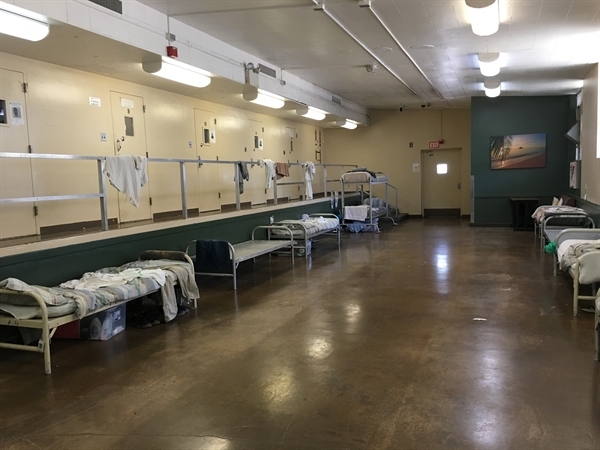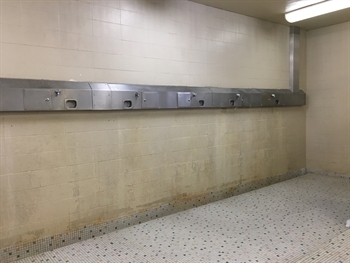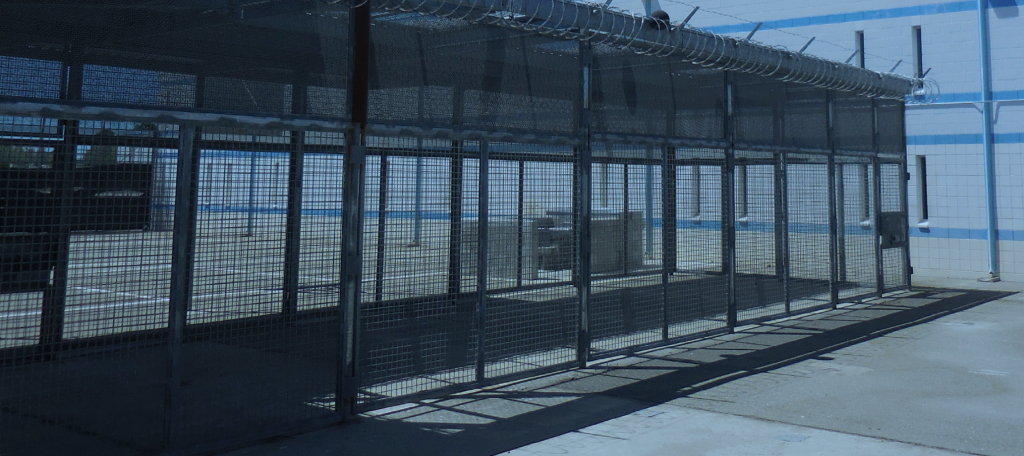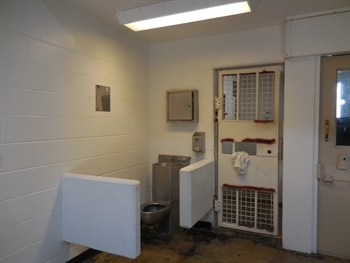Editor’s Note:
As of Monday night, March 30, the California Department of Correction and Rehabilitation reports that one staff member at the state’s Northern California Youth Correctional Center has tested positive for COVID-19. Across the whole of the CDCR, there is a total of 22 self-reported cases of staff members with the coronavirus.
How the CDCR Must Protect Youth in California State Lockups Right Now
by Maureen Washburn
California must move quickly to prevent the COVID-19 pandemic from striking young people housed in the state’s youth correctional institutions, the Division of Juvenile Justice (DJJ).
Youth at DJJ are highly susceptible to contagious illnesses given the facilities’ structure and large populations (Each facility holds over 150 youth.) They have daily physical contact with one another, particularly in large open dormitory units, and are subjected to substandard conditions within their living units, including communal bathroom areas.
For decades, CJCJ has monitored conditions at DJJ and called attention to abuse and neglect within the facilities.
Last year, we released a report bringing light to DJJ’s appalling treatment of youth, including its high levels of violence, reliance on isolation, and unhealthy living conditions. Now, we are gravely concerned that DJJ’s pattern of neglect will continue, placing DJJ youth, staff, and our communities at risk.
Epidemiologists warn that juvenile facilities are likely to experience dangerous COVID-19 outbreaks and recent research indicates that the virus may pose a greater risk of severe illness to young people than scientists once thought.
To slow the spread of COVID-19 and support the well-being of youth in these facilities, CJCJ strongly recommends the following:
1. Drastically reduce the population of DJJ to allow for proper social distancing by:
a. Permanently ending new admissions of youth to DJJ;
b. Releasing all youth who are medically vulnerable; and
c. Evaluating the remaining population for release by considering whether they pose a physical risk to the community and whether they are set to be released within six months.
2. Maintain connection between youth and their loved ones by:
a. Ensuring that all young people have daily access to phone, mail, and video calls and eliminating fees associated with these modes of communication.
b. Including provisions in DJJ’s emergency procedures that ensure daily access to phone and/or video communication for all youth in the event of a unit- or facility-wide quarantine.
3. Support youths’ mental and emotional wellness amid safety precautions by:
a. Limiting the use of isolation of youth as a response to COVID-19.
b. Documenting all instances in which a young person was isolated due to a COVID-19 precaution or response, including the number of hours and the location of their isolation.
c. Maintaining structured social and educational activities for youth while ensuring social distancing standards are met.
4. Inform stakeholders, parents, and attorneys about any changes in procedures resulting from COVID-19 and share information publicly on any youth or staff affected by the illness on DJJ’s webpage.
It is simply a matter of time before COVID-19 arrives at DJJ. Prison walls and guard towers do not stop the spread of disease. They accelerate it. The longer we wait before drastically reducing DJJ’s population and implementing safety measures, the greater the potential harm to youth and staff. California leaders must act now to safeguard youth and protect the broader community from a dangerous outbreak.
Author Maureen Washburn is a Policy Analyst for the Center on Juvenile and Criminal Justice, where this story originally appeared.
Together with Policy Analyst Renee Menart Washington is the co-author of the important February 2019 report, “UNMET PROMISES: Continued Violence & Neglect in California’s Division of Juvenile Justice.”






Hey WLA, why don’t we just let everyone out?
It’s not like we have the necessary medical equipment to ensure the health and safety of decent citizens who don’t break the law. Let’s direct our resources to shit bags who are where they belong.
Gotta be real honest but I’d rather take care of illegals aliens before we give a shit about inmates….and I never thought I’d go there.
So now we know how you feel about Sheriff Villanueva with the release of inmates from jail.
Let’s not get started on him attempting to shut down gun stores, lol!
[…] the four DJJ facilities are under capacity (with a population of about 700 youth), these facilities still put youth at risk for being exposed to coronavirus. For example, youth in these facilities share communal living […]